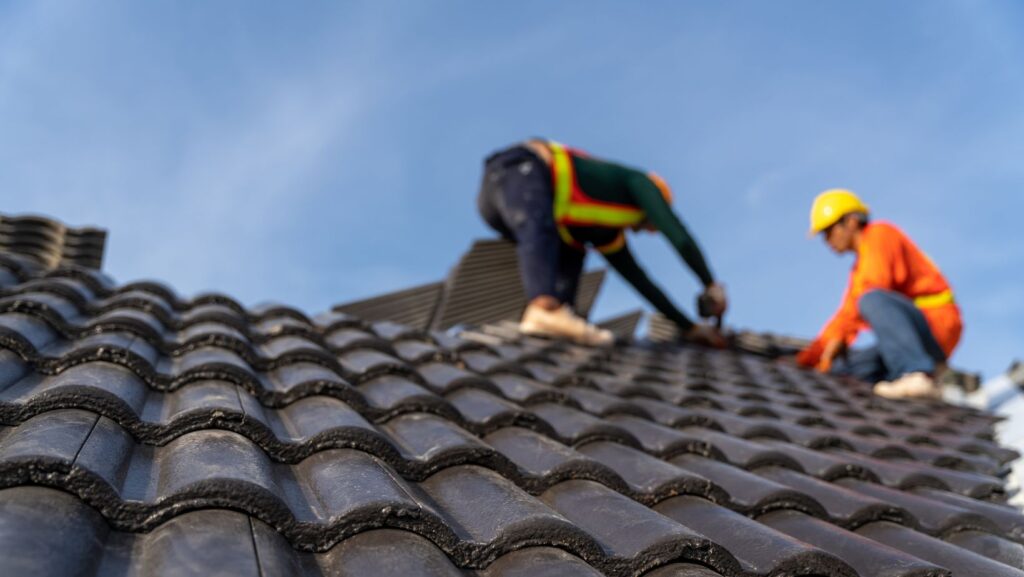
Ever found yourself scratching your head over the perfect MCB rating for your home or commercial space? You’re not alone. It’s a common puzzle that often leaves most of us in knots, but it doesn’t have to be.
I’ll unravel the mystery behind optimizing Miniature Circuit Breaker (MCB) ratings in this article. We’ll delve into understanding what these ratings mean and why they matter. By the end, you’ll know how to choose the right MCB for any setting – your cozy little apartment or a bustling business hub.
Understanding MCB Ratings
Unraveling the concept of MCB ratings is more complex than it might seem. Think of an MCB rating as a gatekeeper, controlling the amount of electrical current that can pass through a circuit. If too much current tries to rush through, say during an overload or short circuit, our trusty gatekeeper (the MCB) trips and breaks the circuit. This action prevents potential damage to appliances and reduces fire hazards caused by overheating wires.
MCB ratings are typically denoted in amperes (A). Common household circuits usually have ratings from 6A, 10A, and 16A up to 63A for larger appliances. On the other hand, commercial spaces may require higher-rated MCBs due to their large power consumption.
Now let’s dive into the different types of MCBs we’ve mentioned before – Type B, C, and D. Each type has its tripping characteristics:
- Type B: These trip between three and five times full load current, making them ideal for residential use where smaller surges are present.
- Type C: Trips between five and ten times full load current; perfect for commercial settings where equipment can cause moderate surges.
- Type D: Trips at ten to twenty-five times full load current; suited for industrial environments with heavy machinery causing high surges.
Understanding these categories helps you select the right MCB rating based on your space’s power consumption and surge patterns. Remember my previous advice about choosing a slightly higher-rated MCB than your calculated one? That’s because occasional spikes in electricity usage should result in something other than frequent tripping.
Understanding these ratings requires understanding maintenance checks and proper installation. A correctly installed and regularly checked MCB optimizes safety while promoting energy efficiency, two factors paramount in any residential or commercial project.
Factors Affecting MCB Ratings
To optimize the safety and efficiency of your electrical system, understanding what influences MCB ratings becomes essential. Several factors come into play when determining the ideal rating for both home and commercial environments.
Load Type
The nature of the load significantly affects the selection of an MCB rating. For instance, resistive loads like lighting circuits typically require lower-rated MCBs such as 6A or 10A. In contrast, inductive loads found in appliances like refrigerators or air conditioners often necessitate higher-rated MCBs due to their surgeon start-up.
Circuit Length
The lengthier a circuit is, the greater its resistance becomes, leading to voltage drops along its path. This scenario means you need an MCB with a higher rating to compensate for potential losses.
Ambient Temperature
Electrical components perform differently under varying temperatures; thus, it’s crucial to consider ambient temperature during your selection process. Elevated temperatures can cause an MCB to trip prematurely, while cooler conditions may prevent it from tripping when needed.
Number of Phases
Single-phase systems usually employ smaller-rated breakers compared to three-phase systems, which handle larger power requirements and thus need higher-rated breakers.
Fault Current Level
Recognizing fault current levels at different points in your installation helps identify appropriate protective device ratings that can safely interrupt these currents without damage.
Considering these factors alongside regular maintenance checks and proper installation practices mentioned earlier, you’ll be well-equipped to choose an optimal MCB rating for your specific needs – contributing significantly to improving overall electrical safety and efficiency.
Selecting the Right MCB Rating
When picking the correct MCB rating, I look at several factors. First, consider what type of load you’re dealing with. For example, a resistive load like light bulbs requires different considerations than an inductive load like motors.
Next, check the length of your circuit. Longer circuits generally require higher MCB ratings because they have more resistance and generate more heat.
Thirdly, consider ambient temperature. Higher temperatures can affect the performance of your MCBs and may necessitate a higher rating.
Another critical factor is the number of phases in your electrical system. Single-phase systems typically demand lower-rated MCBs than three-phase ones.
Lastly, consider fault current levels. If your system is prone to high fault currents, opt for an MCB with a higher breaking capacity.
It’s not rocket science, but picking out the right MCB rating requires some thought and understanding of how these devices work in conjunction with other elements in your electrical system.
Best Practices for MCB Installation and Maintenance
Installing and maintaining an MCB isn’t a task to be taken lightly. It’s about ensuring electrical safety, optimizing power efficiency, and prolonging the lifespan of your electrical system.
Read the Manufacturers’ Instructions
Each MCB has specific installation requirements outlined by the manufacturer. These instructions include details like torque settings for terminal screws, which, if not followed correctly, could lead to overheating or faulty operation.
Consider Ambient Temperature
The operational capacity of an MCB can be affected by its surroundings’ temperature.

For instance, in high-temperature environments, derating occurs – that is, the breaker’s ability to carry current decreases.
Regular Inspection and Testing
Regular checks ensure that your MCB is functioning properly and safely. Look out for signs of wear or damage, such as scorch marks or a tripped breaker that won’t reset.
Professional Installation
While it may seem cost-effective to install an MCB yourself, using a licensed electrician ensures proper installation according to local codes and regulations, reducing risks associated with DIY installations.
Appropriate Sizing
Selecting an MCB with the right rating is critical for safety and efficiency. As discussed in previous sections, the correct rating depends on factors like load type, circuit length, ambient temperature, etc.
Routine Cleaning
Dust accumulation within switchboards can lead to unnecessary trips or fire hazards due to overheating circuits; regular cleaning mitigates these risks.
Conclusion
Optimizing MCB ratings for home and commercial safety ensures your electrical systems run smoothly and securely. By understanding the importance of MCB ratings, selecting the right type for your specific needs, and considering factors like load type, circuit length, and ambient temperature, you can significantly reduce risks. Proper installation and regular maintenance further enhance safety and efficiency, making your living or working space much safer. With this knowledge, you’ll be well-equipped to choose the perfect MCB for any setting, providing peace of mind and protecting your valuable electrical devices.











